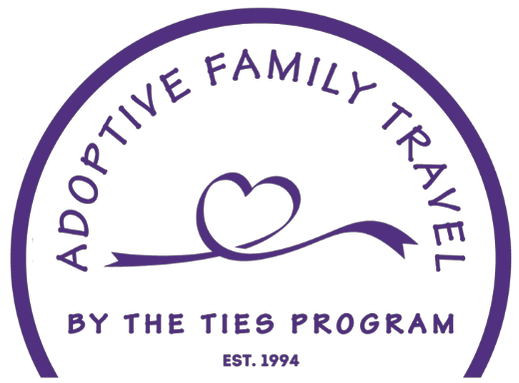Becca’s recent posting “Easy Stress Reduction In a Busy, Crazy World” got me thinking about how this applies to kids. How do we help them become “endorphin motivated?”
Recognizing stress is our inability to meet the demands placed upon us, I believe that stress can be felt even in the youngest of children. Sometimes that stress comes from outside sources. For example, wet skin and feeling chilly when bathed for the first time resulted to my grandson’s rather loud expression of discomfort. Stress!
Sometimes a child, teen, or adult is unable to do what they believe is expected of them, leading to stress from within. Remember your first days in kindergarten and being asked get ready to go home in the middle of winter? How did it feel when some of the kids were able to zip their coats and the teacher had to help you? Even though the teacher was zipping coats for half of the students, you saw others performing this task on their own and felt this was what was expected of you. Stress!
And let’s not forget how perceptions impact stress. Think about the middle school student sitting by herself at the football game as her best friend visits with other kids. There are lots of explanations for what’s going on, but if you’re the person feeling left out it’s easy to perceive that you’re loosing your friend. Stress!
Physical activity produces endorphins in kids as well as adults resulting in stress reduction. According to a 2008 study by the U.S. Department of Health and Human Services, children and teens benefit from 60 minutes per day of high intensity physical activity. According to the CDC’s 2006 School Health Policies and Program Study (published in a 2007 issue of “Journal of School Health”) only 3.8% of elementary, 7.9% of middle, and 2.1% of high schools provide daily physical education or its equivalent for the entire school year.
So what’s a kid to do? How can parents help? I’ll share some motivating ideas for the entire family in an upcoming post, including how laughter is an endorphin producing activity!

